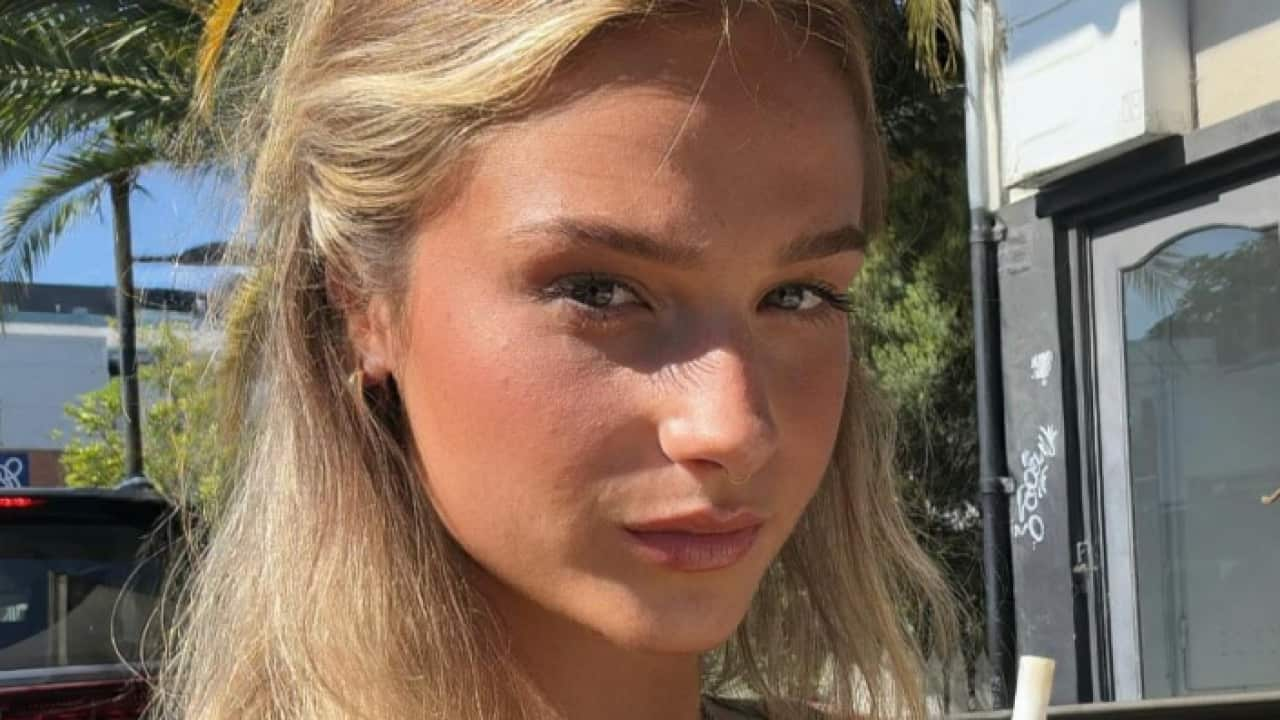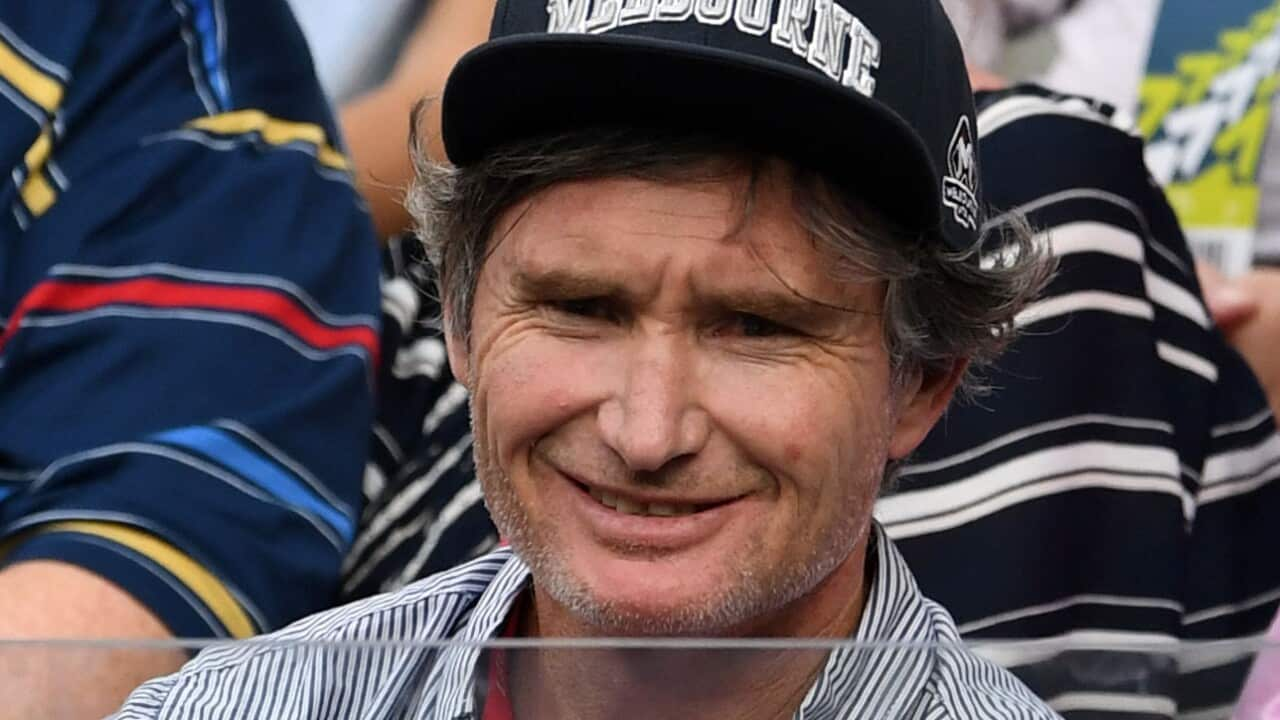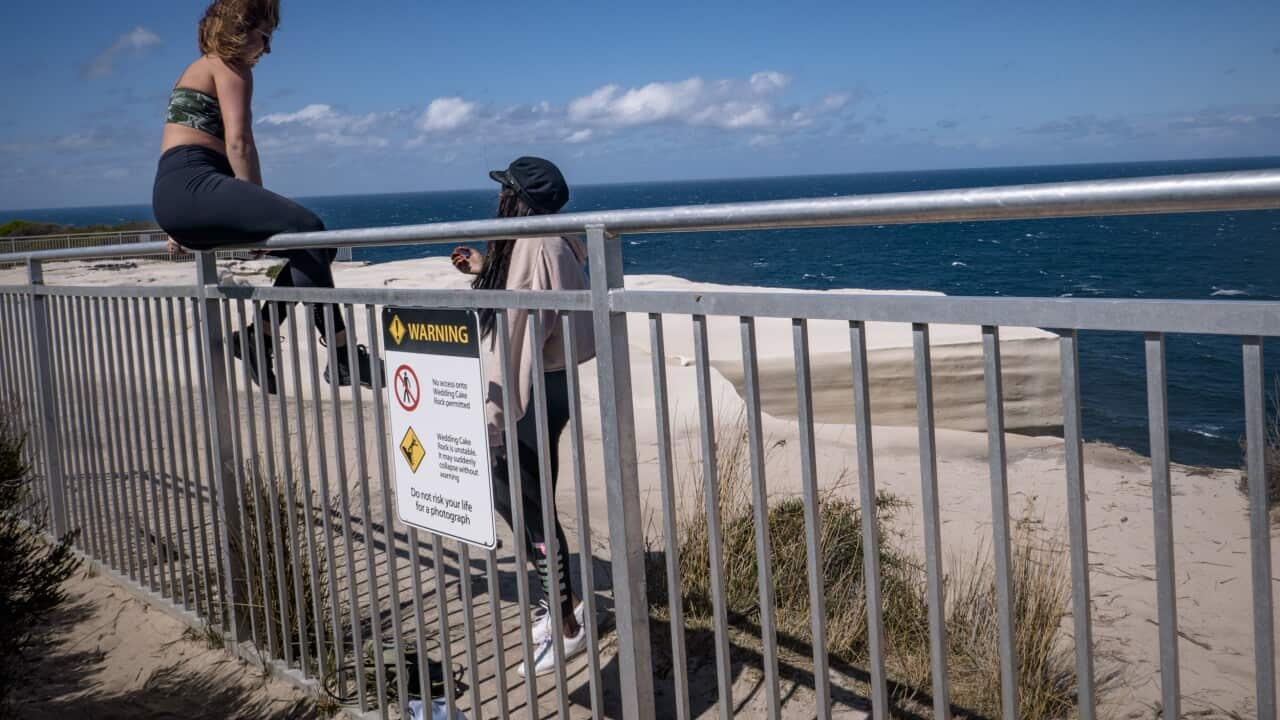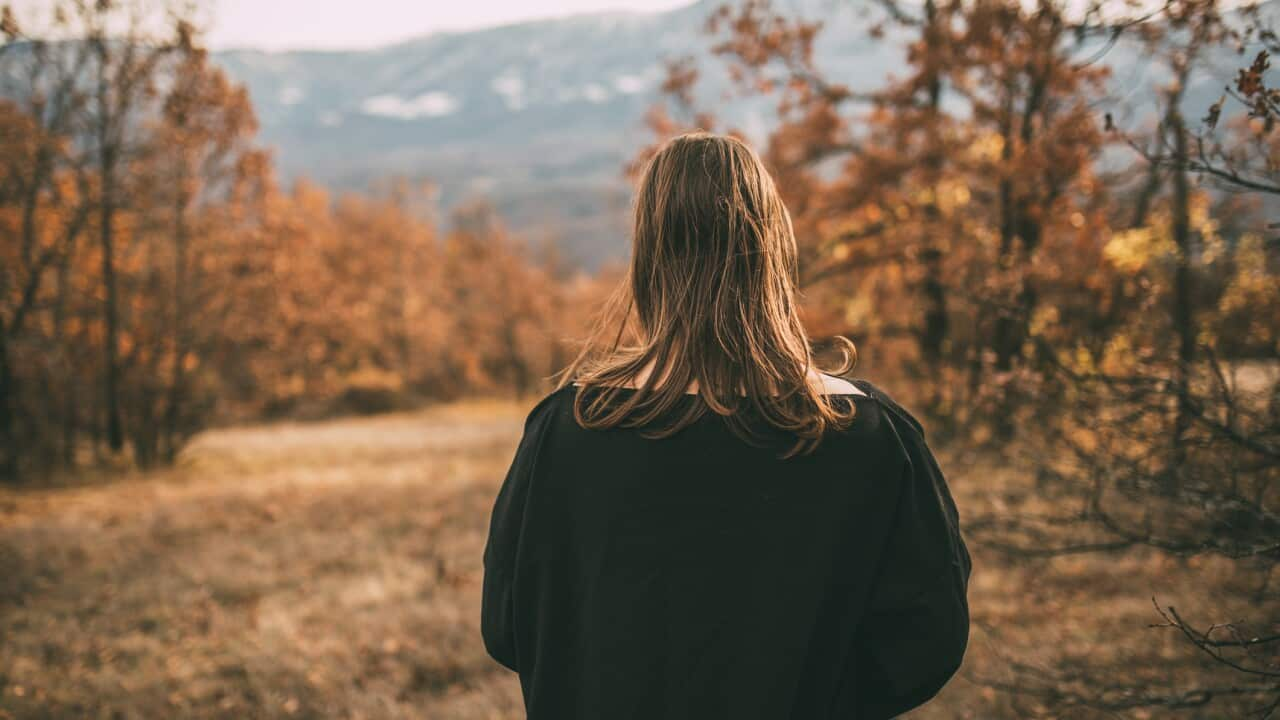Retail vape sales may be banned in Australia this year. Is this simply the new frontier of an old war? And could prohibition actually work? Watch the latest Insight episode The Ban on Vapes, on .
Stream free On Demand

The Ban On Vapes
episode • Insight • Current Affairs • 52m
episode • Insight • Current Affairs • 52m
Vapes came into my life during my high school years, where the popular cliques would circulate around them at parties.
At the time I had no idea how hard manufacturers market nicotine products to young people.
By the age of 18, nearly a year after I started smoking hand-rolled cigarettes, I was vaping every day.
I was late to the trend compared to my peers, many who'd started smoking reusable e-cigarettes at 16 or 17.
I had dabbled a few times before. I remember the limited flavour options — grape, cola ice, strawberry ice cream, blue razz, peach — and how a disposable stick would last me between five and eight days, costing around $25 for 500 puffs.
I liked how discreet vapes were in comparison with cigarettes, and that the flavours were so sweet.
Vaping was incredibly social, and it felt like a cool device that would attract people to you, like a moth to a flame.

At the peak of her addiction, Lily was buying large disposable vapes for $35, which would give her 3,500 puffs and last for four days. Source: Supplied
My family would often tell me that I was becoming addicted, and my response would always be: "I can quit at any time."
"Everyone was vaping", I would say, or "it's better than smoking", in the hope they would stop hassling me.
Fulfilling my need for dopamine
After a year of vaping, I noticed a shift in my mental health.
While I was experiencing some trauma at the time that caused me to feel anxious and experience depressive episodes, vaping quickly transformed into a crutch for my anxiety.
I would feel anxious, crave the vape, smoke the vape for temporary anxiety relief, and then go back to feeling anxious only 10 minutes later.
By this point, I was reaching for the vape as soon as my eyes opened in the morning, and it was the last thing I would do before falling asleep.
Eventually, I upgraded to larger vapes with 3,500 puffs for $35, but this only lasted me four days.
I was spending almost $70 per week on my vaping addiction, always anxious that my disposable device would run out.
I noticed myself becoming more lethargic, relying solely on vaping and endless scrolling through my phone to fulfil my need for dopamine.
My physical and mental well-being suffered significantly, impacting my performance at work and university. I found it challenging to focus on tasks requiring more than 10 minutes of concentration.
I was at the peak of my addiction, yet would still tell myself that I could quit anytime I wanted.
Surrounded by friends who also vaped, we unintentionally fuelled each other’s habit, trapped in a cycle of guilt and frequent use.
Three years into this hefty addiction, I noticed physical signs that my body was struggling. I was experiencing constant fatigue, acne, severe stomach issues, hair loss and dull skin.
I look back on photos during this time and see a totally different person.

Lily finds it hard to look back at photos of her younger self in the midst of a vaping addiction. Source: Supplied
I also saw a specialist to help with my vaping reduction who introduced me to 0 per cent nicotine vapes. But this was ineffective for me; I would go straight back to 5 per cent nicotine vapes.
I was frequently sick. But while the stomach issues and mental health didn’t deter me from vaping, the persistent cold and flu-like symptoms definitely did.
Every morning felt like a battle, with persistent headaches, body pains and respiratory discomforts, leaving my immune system weak and vulnerable.
I got very sick twice in the span of one month, where I was unable to get out of bed.
Eventually, I realised something had to change.
Path to a new life
I decided to put the banana-ice vape in my bedside drawer to see how long I could go without it.
After 24 hours of not vaping, I already felt significantly better.
That 24 hours turned into 48 hours, and I started documenting how the cravings felt in my body. Was it in my throat or my chest? Did I have a headache? Did I feel an emotion, like anger?
Once I analysed these cravings, it was easier to control how much power they had over me.
After three days without vaping, I decided to go for my first run. I had never been an athletic person before.
Two weeks in, I had cut down on my vaping. While I was still smoking it occasionally throughout the day, in the mornings I didn't vape; I ran instead.
Once I analysed these cravings, it was easier to control how much power they had over me.Lily Ford
For the first few months, I coughed up a lot of fluid while I ran. My lungs were in pain, a tangible consequence of my past addiction.
I wanted to stop every time I ran, but part of me persisted, vowing that I would never return to my previous lifestyle.
Gradually, I became addicted to the post-exercise dopamine rush, which surpassed anything vaping offered.

When Lily first started running, her lungs were painful and she coughed up a lot of fluid as a result of her vaping addiction. Source: Supplied
When I went out to bars or clubs, it was hard to say no to a social vape, and I would grapple with guilt and shame the following day.
So I started to explore a life of low-alcohol consumption. I looked for ways to achieve a natural dopamine hit through exercise and also explored cold plunges and ice baths.
I met like-minded people at run clubs or wellbeing events who were on similar journeys.
I'm now 23 and since quitting, I haven't looked back.
I can now happily run a half marathon with no lung pain, I’m fitter and stronger than ever, my skin is thriving for the most part and my mental health growth is immeasurable.
I've learned that vaping addictions can creep up slowly.
While there are now so many resources to help people quit, the true desire to change must come from within.
Readers struggling with addictive behaviours can seek support through or on 13 7848.
Readers seeking support for mental health can contact Beyond Blue on 1300 22 4636. More information is available at. supports people from culturally and linguistically diverse backgrounds.
And for more stories head to , hosted by Kumi Taguchi. From sex and relationships to health, wealth, and grief Insightful offers deeper dives into the lives and first person stories of former guests from the acclaimed TV show, Insight.
LISTEN TO

Insightful: A new podcast from SBS Insight
SBS News
22/02/202401:00













